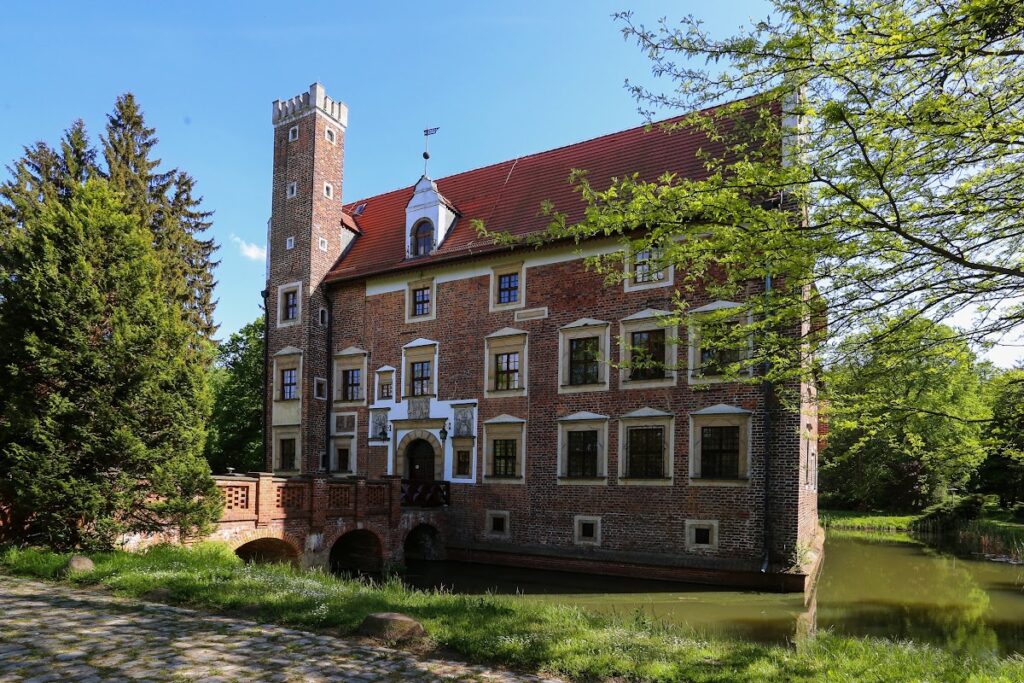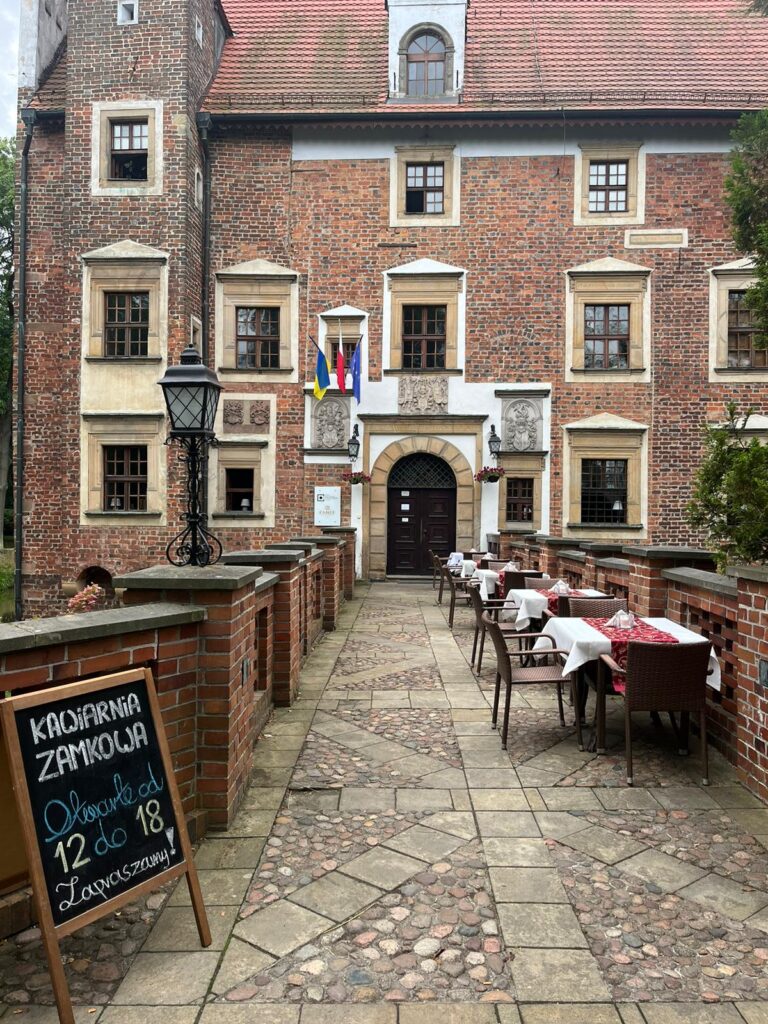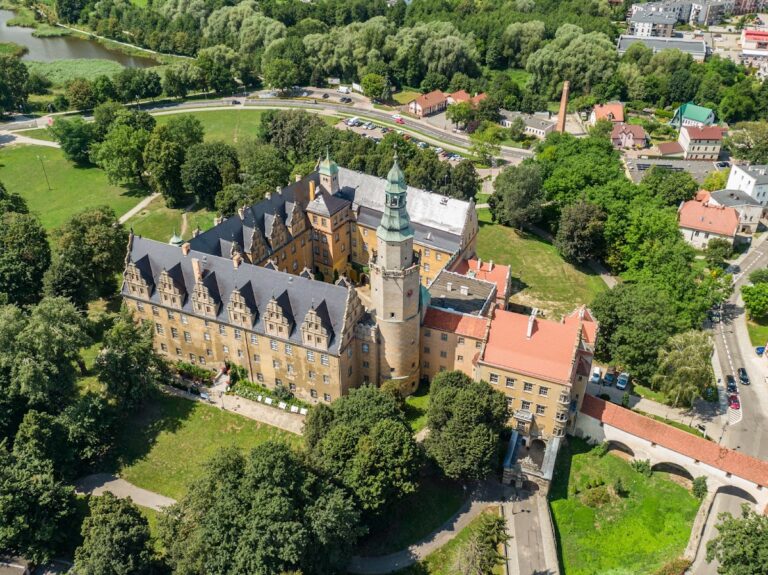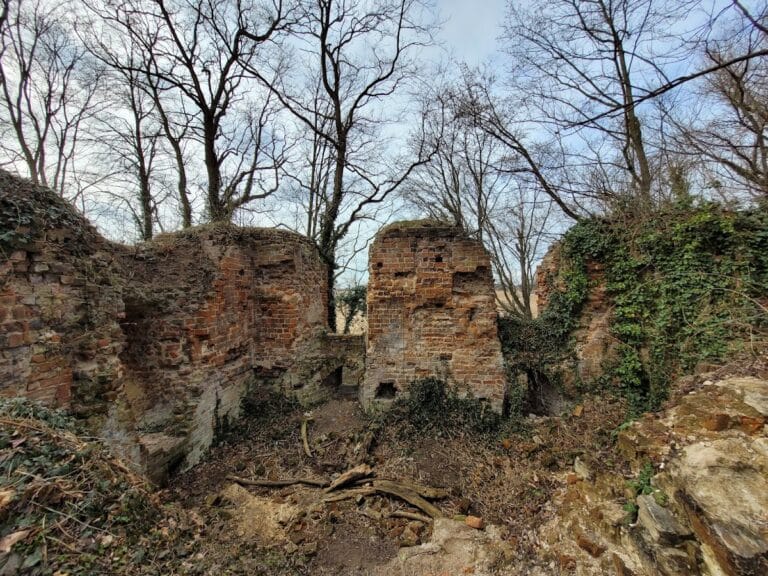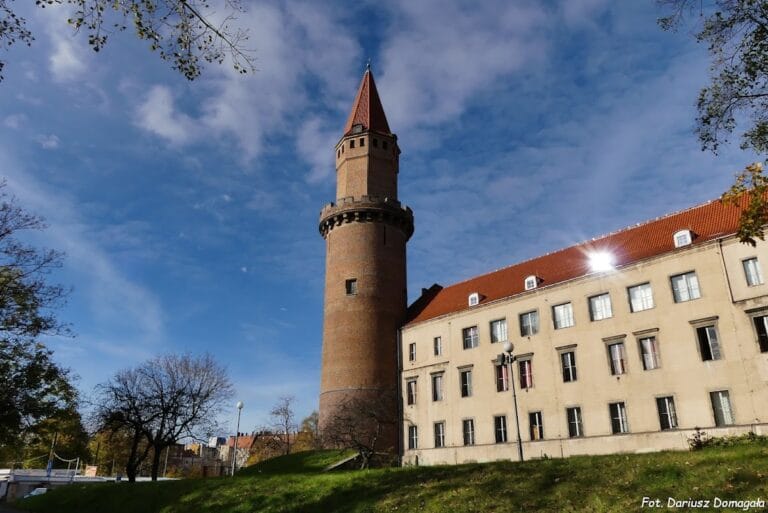Wojnowice Castle: A Historic Water Castle in Silesia, Poland
Visitor Information
Google Rating: 4.4
Popularity: Medium
Google Maps: View on Google Maps
Official Website: zamekwojnowice.com.pl
Country: Poland
Civilization: Unclassified
Remains: Military
History
Wojnowice Castle, situated in the municipality of Wojnowice in modern-day Poland, traces its origins to the medieval Silesian lands. The site first appears in written records in 1351, when King Charles IV of Bohemia granted the estate of Wohnwitz—its historical name—to Johann Skopp, a supporter of Duke Henry VI of Breslau. This initial document marks the beginning of the castle’s long existence as a fortified residence within the region.
During the late Middle Ages and into the early modern period, the estate changed ownership multiple times among prominent Silesian noble and affluent families. In 1409, the Freiherren von Schellendorf took stewardship of the property, followed by Christoph Hornig in 1511. The early 1500s saw Nikolaus von Schebitz acquire the castle, who initiated a significant rebuilding around 1513, as attested by an inscription from that year. This reconstruction transformed the former medieval knight’s residence, reinforcing its status as a fortified manor in use without interruption.
The mid-16th century brought further architectural and residential improvements. Around 1545 to 1546, Jakub Boner advanced the castle’s development, which was later completed by Andreas von Hertwig by about 1560. These efforts are confirmed by heraldic symbols and dated inscriptions, including the marriage coat of arms of Lukretia Boner and Andreas von Hertwig. Throughout this period, the estate remained a hub for local nobility, reflecting the evolving styles and needs of the families who inhabited it.
In the early 20th century, Wojnowice Castle underwent modest restoration under architect August Wilhelm Hogreve between 1936 and 1944. These works preserved the castle’s external appearance with minimal alteration. However, during World War II, the building sustained damage typical of the wartime environment. After the war, although parts of its defensive moats fell into disrepair, the castle itself remained largely intact.
Restoration initiatives from 1961 through 1986 contributed to the castle’s preservation. In recent times, ownership shifted to the Jan Nowak-Jeziorański College of Eastern Europe based in Wrocław. Since 2015, the castle has functioned as a venue for conferences and hospitality, symbolizing its continued adaptation while maintaining its historical identity as the oldest lowland castle in Silesia with uninterrupted use.
Remains
Wojnowice Castle today stands as a water castle built in the Gothic-Renaissance style, characterized by its moated fortress design. The complex occupies a roughly rectangular plot measuring approximately 22 by 24 meters. Originally formed in a horseshoe shape, the structure evolved into a four-winged arrangement enclosing a central courtyard during the early 16th century, reflecting architectural trends of that time.
The main construction material is brick, typical of Silesian Gothic builds, while sandstone enhances decorative elements such as window frames and the prominently featured Renaissance portal. This portal is notable for bearing the coats of arms of the Boner family alongside Latin and German inscriptions. The German phrase “IACOB BONER BAVET MICH,” which translates as “Jakob Boner built me,” and the Latin motto “INICIVM SAPIENCIÆ TIMOR DOMINI,” meaning “The beginning of wisdom is the fear of the Lord,” emphasize the link between the castle’s builders and their cultural values.
Surrounding the castle is a water-filled moat, an original defensive feature that has been maintained in part through restoration efforts. Access is provided by a brick bridge on the northern side, which replaced an earlier drawbridge, hinting at changes in defensive technology and comfort. Near the entrance stands a slender tower topped with battlements, while stepped gables adorn the wings, presenting a recognizable regional architectural element.
Inside the courtyard, a well provides a historical water source, enclosed on the ground floor by arcades—open arches that create a sheltered walkway. The eastern wing still preserves latrine oriel windows, which are small projections used for sanitation. The oldest part of the castle is in the eastern section of the north wing, dating back to 1513, and it retains original Gothic portal jambs, supporting door openings with distinctive vertical stones.
Within the interior, the east side features a loggia, or covered gallery, supported by three arches. The upper floor of the north wing contains a Renaissance arcade hall, highlighted by a centrally positioned Corinthian column, a classical architectural element symbolizing the period’s influence. Several rooms also display surviving wall decorations from the Renaissance era, demonstrating the castle’s layered artistic heritage.
Heraldic reliefs and sculptural works include the combined coat of arms of Lukretia Boner and Andreas von Hertwig, crafted by the notable sculptor Andreas Walther the Elder around 1560–1568. These embellishments underscore the personal histories tied to the castle’s owners and showcase the skill of local artisans during the Renaissance.
Together, these features illustrate Wojnowice Castle’s continual transformation and preservation, embodying centuries of architectural styles and noble patronage while rooted in the Silesian cultural landscape.
